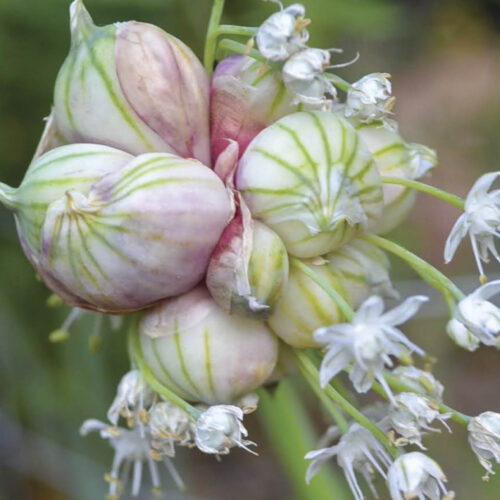Kale is king
2013-05-31T02:31:36+10:00
Easy to grow and a rich food source – could anything be better than growing your own organic kale, asks PETER CUNDALL.
Some years ago while filming for ABC TV’s Gardening Australia program at our little vegetable patch in the Royal Tasmanian Botanical Gardens, a group of children ventured in. We stopped so they could wander around. After a while, they gathered around some very impressive kale plants, staring curiously at the enormous, deep green leaves.
The youngest, a girl aged about six, turned to me, asking if she could taste a leaf. I jumped at the chance to oblige, tearing off a piece and handing it to her. Immediately she began chewing the leaf while making sounds of obvious appreciation.
Others in the group demanded some too and, of course, I told them to help themselves. They certainly did. Within minutes every plant had been reduced to bare, shattered stalks with a few stripped mid-ribs sticking out.
The elderly couple in charge of the group were clearly appalled and explained that most of the children were autistic. They also expressed amazement, saying how difficult it was to persuade them to eat enough cooked vegetables.
I simply cut off all remaining mid-ribs, pointing out that our kale plants would not only fully recover, but be in full leaf again in a matter of weeks. And, naturally, I invited them to return for another healthy feed.
This ability of kale plants to keep sprouting new replacement leaves is only one reason why they are once again becoming a vital part of vegetable patches all over the world. So there’s nothing new about this. After all, the kale varieties now proving so popular are nothing more than primitive cabbages. In fact, they were the ‘cabbages’ we used to have, long before we developed cabbages.
Various types of kale have been essential parts of the diet of people in the British Isles, Europe and even the Far East for countless generations. These easily grown plants are really just loose-leaf cabbages, but with a significant difference: the large, dark green leaves with thick mid-ribs are extraordinarily nutritious. Food scientists and nutritionists everywhere rave about the valuable, health-giving benefits of eating kale leaves, raw, juiced or cooked.





